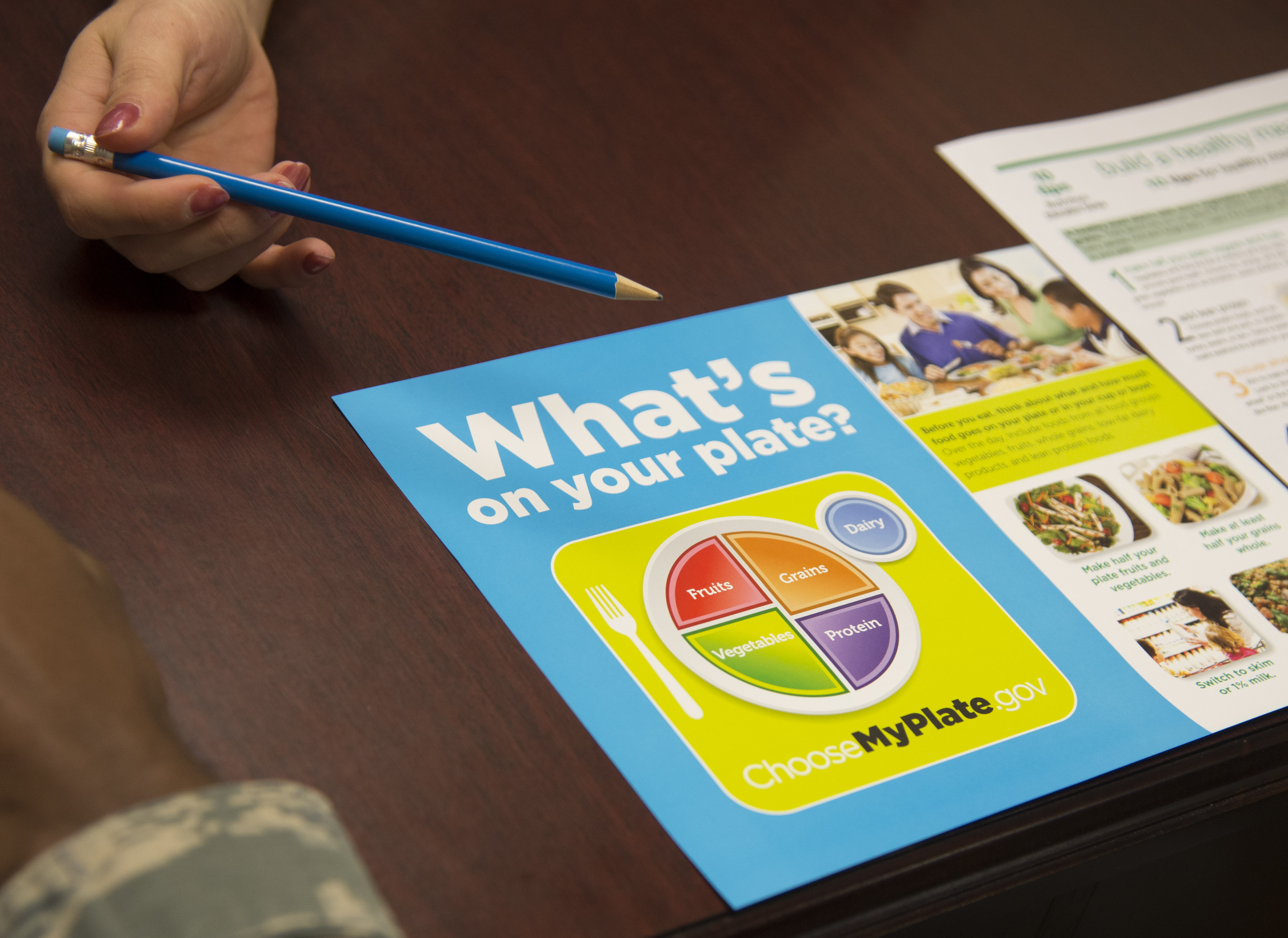
Maintaining a healthy amount muscle mass is a constant struggle for many COPD patients, especially those in the later stages of the disease. COPD not only causes weight loss and loss of muscle mass, but it makes it more difficult to build muscle as well.
This is due in part to the nature of the disease, and partially due to COPD symptoms that make it difficult to exercise and build strength. Many people with COPD also get caught in negative habits, like avoiding exercise and meals, or suffer from psychological conditions like anxiety or depression.
All of these things lead to weight loss and muscle wasting, and eventually an overall physical decline. It's not something to take lightly; COPD patients with very low body weight and muscle mass tend to have highest mortality rates and are prone to a variety of complications.
But even though COPD makes it more difficult to build and maintain muscle, it is definitely possible to do. All you need is the right diet, eating habits, and exercise routine to keep your body strong and maintain a healthy BMI.
In this article we're going to tell you everything you need to know about building muscle mass and COPD. We'll explain how the disease affects your muscles, how muscle mass affects your health, and show you a variety of different techniques you can use to better gain muscle and prevent weight loss with COPD.
What Causes Weight and Muscle Loss in People with COPD?

As many as forty to seventy percent of people with COPD experience weight loss and muscle wasting, especially in the later stages of the disease.
There are a variety of reasons why this happens, but lack of exercise and eating too little are the main causes. People who suffer from COPD also have difficulty maintaining their muscle mass because of inflammation and the fact that their damaged lungs need extra calories and nutrients.
Here's a more detailed look at the four main causes of muscle wasting and weight loss in people with COPD:
Too Little Exercise

Most people with COPD have at least some difficulty exercising as a result of respiratory symptoms like shortness of breath. This causes many people with the disease to neglect their exercise needs, which makes the problem even worse.
It's extremely important to get enough physical activity as early on as possible if you have COPD. Those who get diagnosed at early stages of the disease are at an advantage for this reason.
If you stay sedentary for too long, your muscles will get weaker, your respiratory symptoms will worsen, and it will become more and more difficult to tolerate exercise and even mild physical activity. That's why easier to prevent muscle loss than it is to gain it back once it's already gone.
If you have COPD, sticking with you doctor-prescribed exercise routine and being active is the only way to prevent physical decline. There are only two choices when it comes to your muscles: use them or lose them.
Too Little Food
Many people with COPD experience worsened symptoms when they eat. Some patients feel breathless from the energy and act of eating alone, but eating can also cause the stomach to swell and put pressure on the lungs, causing discomfort and shortness of breath.
Because of this, many patients avoid eating or are not able to finish their food at mealtimes. This leads to weight loss and malnutrition, which then causes muscle weakness and wasting. Malnutrition also suppresses your immune system, which significantly increases your chances for infections, exacerbations, and hospitalization.
That's why proper diet and calorie-rich foods are so important for people who have COPD. If you don't eat enough calories and nutrients to sustain your body's needs you will have less energy, you will lose weight, and your body will begin breaking down its own muscles out of necessity.
Depression

It takes a lot of energy and mental strength to cope with getting diagnosed with COPD. It's normal to feel a great deal of anxiety, especially at first, but for some people it can lead to serious depression.
Depression makes it easy to give up on the habits and activities that keep you healthy. It can make you feel too exhausted and anxious to get out of bed, let alone keep up with your prescribed exercise, diet, and treatment regimens.
Because of this, many people with COPD who get depressed let themselves become sedentary and malnourished. This leads to a loss of muscle mass as well as weight loss that can lead to even worse depression and COPD symptoms.
Mental health and physical health are closely intertwined, which is why it's very important to seek help if you are struggling. Look out for the symptoms of depression in yourself and loved ones with COPD, and don't hesitate to talk to a mental health professional if you're having trouble coping on your own.
Untreated anxiety and depression can lead to a variety of health problems and it's no way to live your life. It's possible to find hope and happiness in the midst of managing a chronic illness, and your doctor or psychiatrist can help you take the first steps toward feeling better.
Inflammation

Studies show that people with COPD produce more inflammatory compounds than healthy individuals and show signs of inflammation all throughout their bodies. Researchers have found that this chronic inflammation could be part of the reason that COPD patients are especially prone to muscle wasting.
Inflammatory molecules inhibit the body's ability to generate muscle mass, which makes it difficult to build strength and reverse muscle loss. Instead of putting its energy toward rebuilding and maintaining your muscles, your body has to focus its most of its energy on repairing the tissue damage caused by inflammation.
Chronic inflammation also saps your energy and makes you feel fatigued, which makes it even more difficult to exercise and maintain your muscle mass. This makes people with COPD even more prone to muscle loss, weight loss, and adopting a sedentary lifestyle.
Increased Calorie Requirements
Many people with the disease don't realize that COPD makes you burn more calories than healthy adults. Lungs damaged by COPD have to use up to ten times the amount of energy to breathe, which means you have to eat more food to make up for it.
The more your lung function declines, the more energy it takes to breathe, which means that your calorie needs will likely increase as your disease progresses. If you don't eat extra food to make up for the extra calories you burn, you're bound to lose weight and possibly even muscle as your body breaks down its muscle and fat reserves to get the energy it needs.
Since eating can already difficult and exhausting when you have COPD, many patients are unwilling or unable to get the extra calories and nutrients they need from their meals. That's why many doctors recommend calorie-dense foods like milk and nuts; it allows you to get more sustenance from a smaller amount of food, so it's easier to eat enough to meet your body's needs.
The Dangers of Weight Loss & Muscle Loss for People with COPD
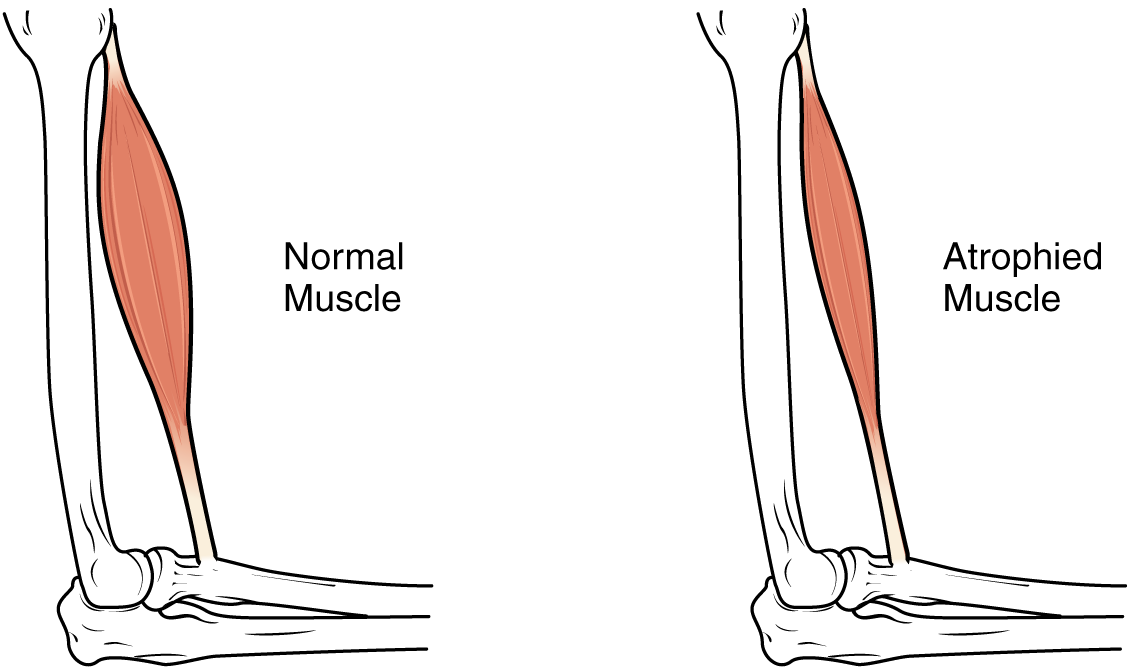
Both a certain amount of muscle and a certain amount of fat are necessary to stay healthy and strong, especially if you have COPD. Additionally, both weight and muscle mass are closely related; weight loss usually leads to muscle wasting and muscle wasting can also lead to weight loss.
If you have COPD, it's not just important, but vital to stay at a healthy weight and keep up your muscle mass as much as possible. It's considered to be a very bad sign if you start losing weight or muscle mass quickly, and reversing the loss is the only way to preserve your lung function and health.
Research shows that COPD patients with a BMI under 20 have less energy, worse symptoms, and quicker respiratory decline. A low BMI also puts you at risk for infections, exacerbations, hospitalizations, and other serious complications.

Another consequence of being underweight is malnutrition, which can be devastating for someone with COPD. Being underweight and undernourished depresses your immune system, causes muscle wasting, and leaves you without enough energy to exercise or do normal daily activities.
This starts a downward spiral that leads to even more muscle loss, more difficulty exercising, and worse COPD symptoms. Because of this, low body weight and muscle mass (if not treated and reversed) are considered reliable predictors of a quicker overall decline in physical health.
Rapid, severe weight loss is a sign of a very serious problem, and you should never ignore it. If you have COPD and experience significant unexplained weight loss, you should schedule an appointment with your doctor without delay.
How to Gain Weight and Build Muscle Mass with COPD
Since weight loss and muscle wasting is such a common and serious problem for people with COPD, researchers have spent a lot of time studying how to prevent it. Luckily, scientists have so far found a variety of methods to reduce muscle wasting and help COPD patients build muscle mass more effectively.
The Importance of Strength Training

Many people with COPD have difficulty exercising, and for a long time researchers believed that breathing difficulties were the main cause. However, it turns out that lack of muscle strength, not just shortness of breath, is the culprit behind many COPD patients' lacking tolerance for exercise.
Because of this, researchers believe that strength training is one of the most important things you can do to improve your health when you have COPD. It not only prevents muscle wasting, but also can improve your exercise endurance, emotional health, and overall quality of life.

In fact, studies comparing COPD patients who followed an exercise plan focused on aerobic activity with patients who followed a strength training regimen show that strength training often leads to better outcomes. Patients who undergo strength training tend to see the biggest improvements in their muscle mass and exercise tolerance.
What is perhaps most telling, however, is the fact that COPD patients who do strength exercises report the largest improvements to their quality of life. This is likely because strength training helps patients feel stronger, gain mobility, and do more daily activities without feeling tired and fatigued.
Strength training is like a positive feedback loop that leads to better strength, better mood, and better health. It goes like this:
- The more muscle you build, the more exercise you will be able to handle. The more exercise you can handle, the more muscle you can build.
- The more muscle you build, the better you can manage your COPD symptoms. The better you can manage your COPD symptoms, the more you can exercise.
- The more you exercise, the less depressed and anxious you will feel. When you feel less depressed and anxious, it makes it easier to exercise and eat a healthy diet.
- When you eat a healthy diet, your body is better nourished. When you're better nourished, you'll have more energy, which allows you to build even more strength.
- The stronger you are and the better you can manage your symptoms, the more mobile and active you can be in your daily life. This leads to even more physical activity, more strength, and a better quality of life overall.
Strength Training Exercises for COPD

Resistance exercises like push-ups, squats, and weight lifting are the most effective ways to build body strength and muscle mass. Many people enjoy strength training using weights and other equipment you can find at the gym, but you can also do effective strength training exercises with minimal equipment at home.
You can buy a small set of light free weights for lifting at home and choose exercises that use your own body weight as resistance to build strength. If you have severe COPD symptoms or limited energy, there are a variety of chair exercises you can do that are designed specifically for people with limited strength and mobility.
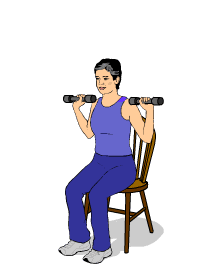
Most doctors recommend doing strength training sessions at least three days a week in order to see an improvement in strength and muscle mass. You should start slow, doing only as much as you can handle without feeling too breathless or fatigued.
You can add in extra muscle groups and repetitions as time goes on and your strength and endurance increases. Just make sure you talk to your doctor before starting any new exercise routine, and don't be afraid to ask for advice, either.
Here are some examples of resistance exercises you can do to build strength and muscle mass:
- Leg lifts
- Bicep curls
- Squats
- Knee raises
- Chair exercises
If you are having difficulty exercising on your own, consider joining a pulmonary rehabilitation class. It's like a special exercise and education course for people with respiratory diseases, and doctors recommend it to anyone who has COPD and struggles to keep up with their exercise plan.
At pulmonary rehabilitation you can learn how to better control your symptoms when you exercise, use your medications effectively, and even get opportunities to learn and practice new exercises. They often also include dietary education, mental health support, and group therapy sessions to allow patients to share their worries, struggles, and successes.
Use Supplemental Oxygen

Shortness of breath is one of the major barriers that prevents many people with COPD from exercising and eating as much as they should. Luckily, many patients find it much easier to do both of these things when they use supplemental oxygen at the same time.
Using supplemental oxygen at mealtimes can reduce breathlessness and fatigue while you eat, making it easier to get the calories and nutrients you need to stay healthy. When you exercise, supplemental oxygen can help you keep your respiratory symptoms under control so you can have better endurance and build more muscle.
If you regularly struggle to breathe when you exercise or when you eat, talk to your doctor about using supplemental oxygen during these activities. Your doctor will assess your lung function to determine your oxygen needs and help you learn how to manage your oxygen flow and concentration when you do different activities.
Talk to Your Doctor about Supplements
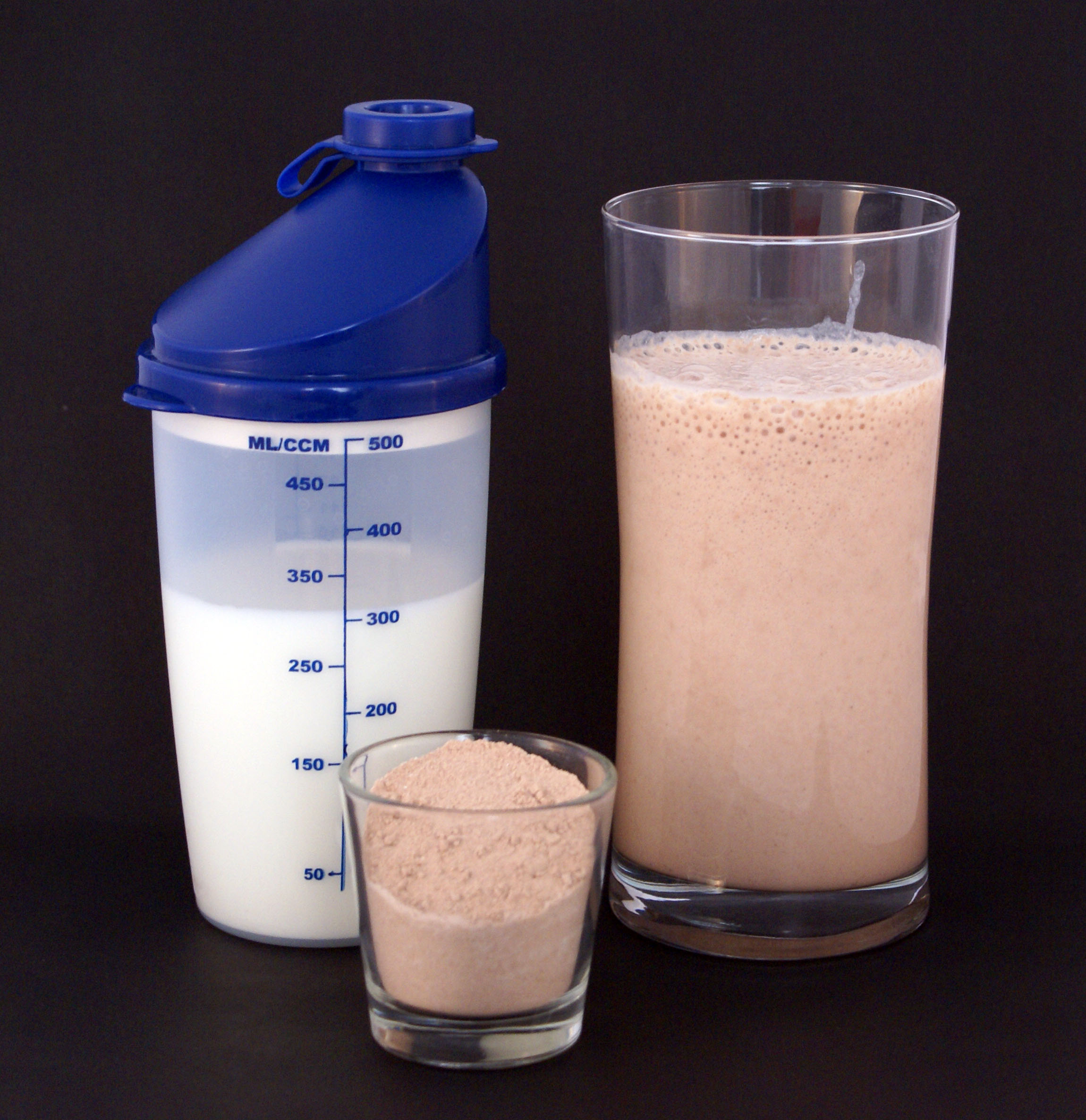
When it comes to building muscle and maintaining a healthy weight, many COPD patients need some extra help. Studies show that supplementing your diet with certain nutrients like protein or creatine can prevent muscle wasting in people with COPD and help them gain weight and muscle mass more quickly.
Some doctors recommend protein shakes or other nutrient-rich shakes to people with COPD who have trouble getting enough calories from their meals. Shakes are quick and convenient to prepare, and take very little energy to drink compared to solid foods.
It is important to always get your doctor's approval before taking new supplements, using nutrient shakes, or significantly changing your diet in any way. Your doctor can ensure that what you're taking is healthy and won't interfere with any of your other treatments or medications.
Supplements known to improve muscle and weight gain in patients with COPD:
- Creatine
- Protein shakes
- High-calorie nutrient shakes
Eat More Meals

When you eat a lot of food all at once, it can cause your stomach to expand and press on your lungs. For people with COPD (and especially emphysema), this is a common problem that can cause extreme discomfort and make it difficult to breathe during and after meals.
These symptoms can make it difficult to finish meals or cause people with COPD to dread or avoid eating food. That's why doctors recommend patients who struggle with breathlessness at mealtime to change their eating schedule to include more meals and smaller portions.
Instead of three large meals a day (breakfast, lunch, and dinner), many doctors recommend that people with COPD eat six smaller meals spaced out throughout the day. Doing this cuts the size of each meal in half and gives your stomach time to digest and empty in-between meals.
This way, you can eat smaller portions that won't cause discomfort but still get enough food to prevent weight and muscle loss. It's a great solution if you struggle with breathlessness because it allows you to get all the calories and nutrients you need with a much lower risk of triggering breathing difficulties at mealtimes.
Prioritize Your Food

If you have trouble finishing meals because of breathlessness or other COPD symptoms, it can be helpful to prioritize the food on your plate. Eat the most calorie-dense and nutrient-dense foods first, that way you get the most out of your meal even if you can't finish it all.
If you often feel full or breathless before finishing a meal, it can also help to limit the amount of water and other liquids you drink. If you avoid drinking before or during meals, you'll have more room in your stomach for food. You can make up the fluids by drinking more water in-between meals, instead.
If you have trouble building up an appetite, try starting your meals with a treat or a food that you really enjoy. You will dread eating less if you have something to look forward to, and starting with a favorite food might whet your appetite and make it easier to continue eating.
Here are some examples of nutrient-dense foods to add to the beginning of your meals:
- Eggs (cooked in oil)
- Nuts and nut butters (e.g. peanut butter)
- Milk and cottage cheese
- Meats (chicken, fish)
Eat More Protein

Protein is necessary for your body's basic functions, and it's something your body absolutely cannot do without. If you don't get enough protein in your diet, your body will take it from the next-best source: your muscles.
This type of muscle wasting is a problem that happens often in COPD patients who are weak and malnourished. That's why it's so important to maintain a healthy diet when you have COPD.
When the food you eat isn't enough to meet your body's energy and nutrient requirements, your body will not hesitate cannibalize your own muscles for the nutrients it needs. The solution is to make sure that you are eating enough and have a balanced diet with protein-rich foods.
Most doctors recommend that you get most of your protein from lean meats and plant protein sources. Adding extra portions of chicken, fish, eggs and beans to your meals is a healthy way to add more lean protein into your diet.
On the other hand, you should avoid the less-healthy fatty meats and processed meats like bacon, sausage, and ham. Also, if you need to make room for more protein in your diet, it's best to eat fewer simple carbs like sugars, white breads, and white pastas.
Here are some examples of healthy proteins to add to your diet:
- Fish (salmon, cod, tuna, etc.)
- Chicken
- Lean beef
- Eggs
- Tofu
- Beans & Legumes
Consult a Dietitian
Sometimes, no matter how hard you try, you just can't manage a healthy diet on your own. COPD can make getting proper nutrition very difficult, especially because it causes you to need extra calories and nutrients.
If you have trouble gaining muscle or continue to lose weight despite your best efforts, it's time to talk to your doctor or a licensed dietitian. They can help you figure out exactly how many calories you need to eat and what amounts of different nutrients your body needs every day.
A dietitian can help you put together a diet and meal plan to guide you when you shop and prepare meals. They can also teach you how read nutritional labels, count calories, and weigh your food so you can keep better track of what you eat.
Conclusion
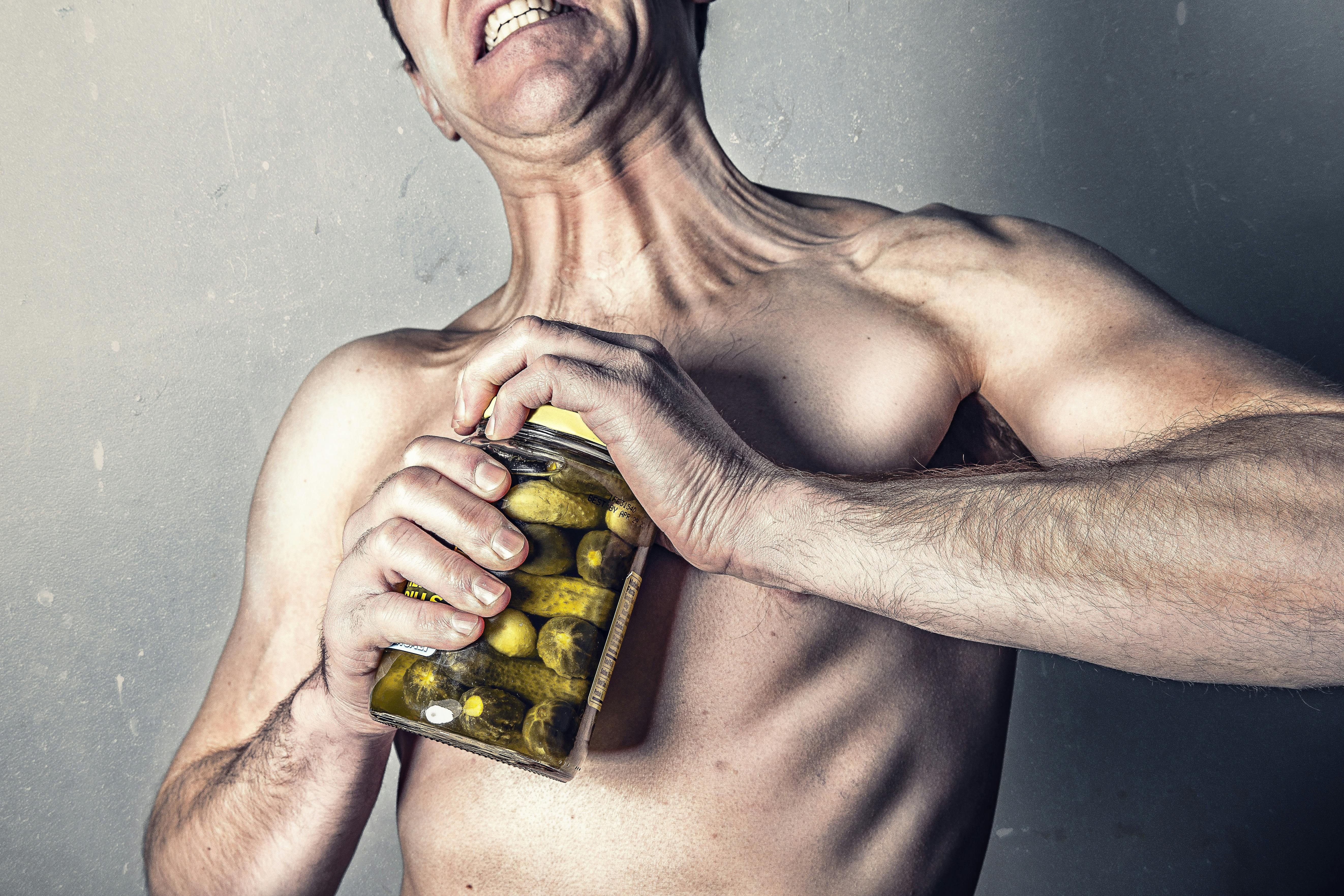
Putting on muscle mass and maintaining a healthy weight is an ongoing struggle for many people with COPD. However, keeping your muscles strong and preventing unnecessary weight loss is necessary to stay healthy.
Even though it may be difficult, it's very important to continue to exercise and eat well even when you feel breathless and fatigued. Whenever you need to, utilize the tips and techniques from this article to keep your symptoms at bay and make these activities easier.
With the right diet, eating habits, and exercise routine, you can maintain a healthy weight and build the muscle mass you need to stay strong. Don't let your muscles waste way; stay active, stay healthy, and take back control over your life.


.png)



